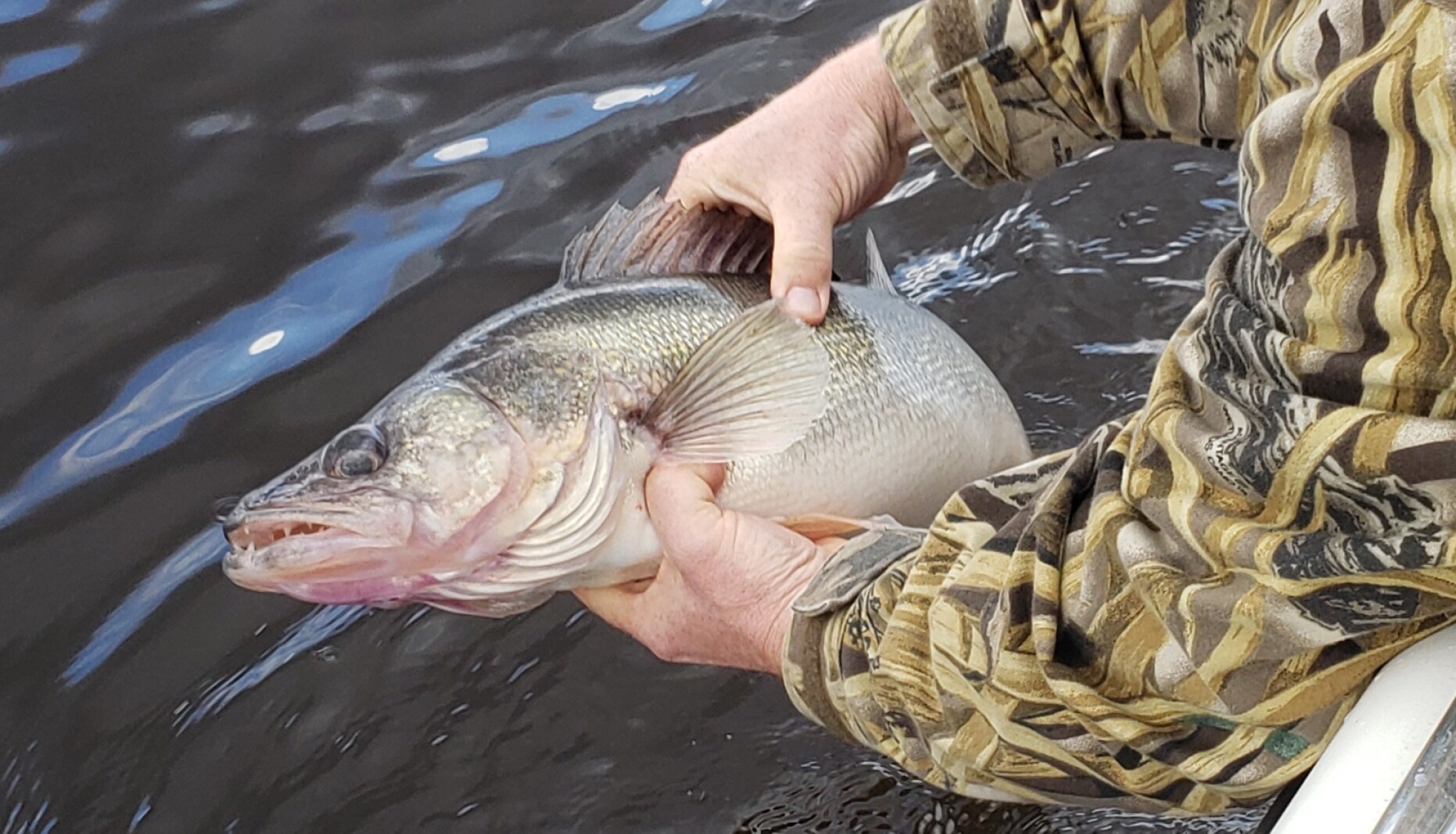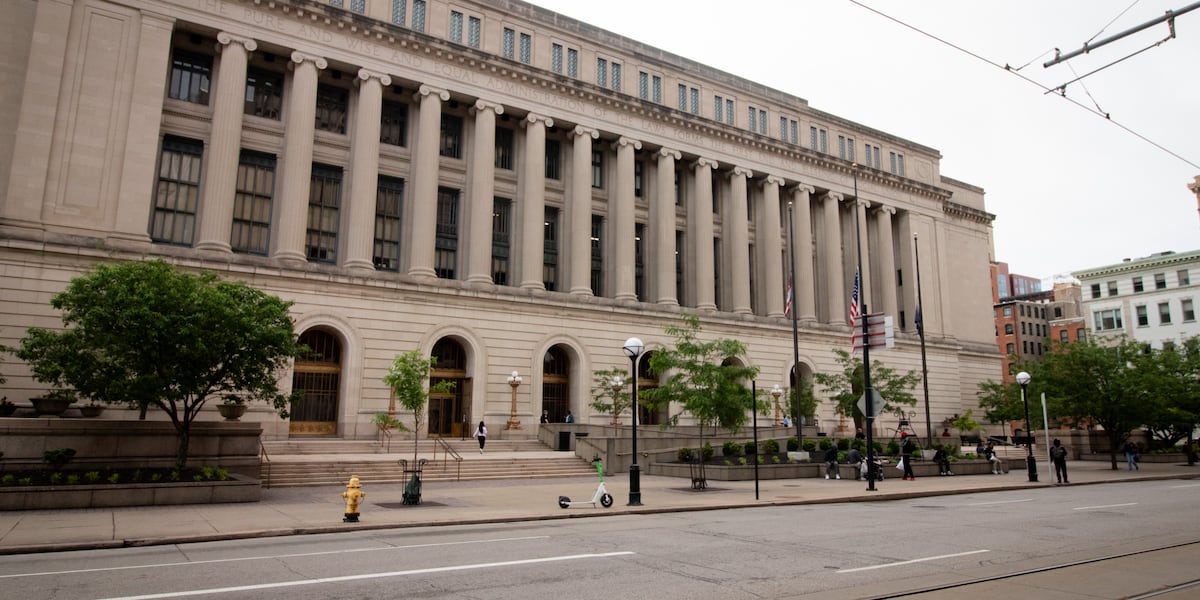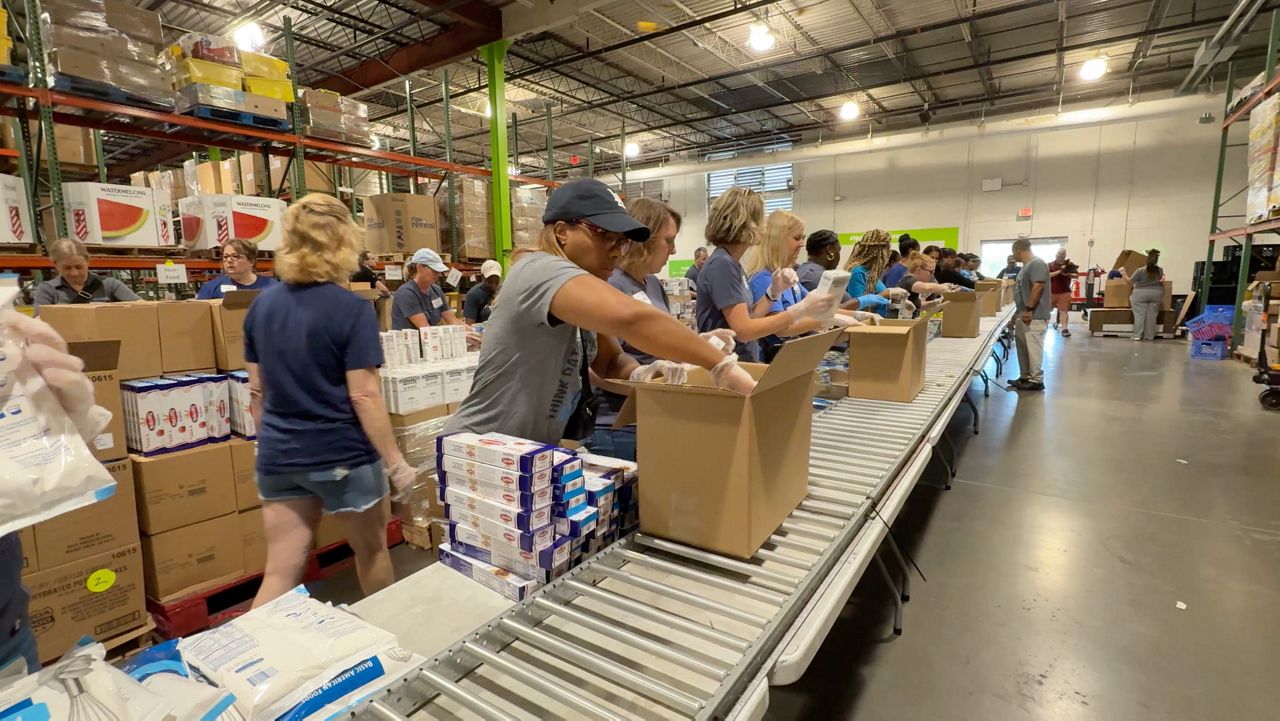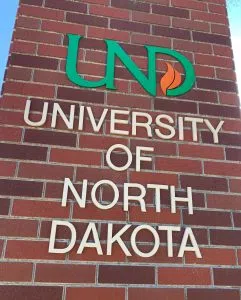Wyoming
Outrage in Wyoming erupts over public-land auction
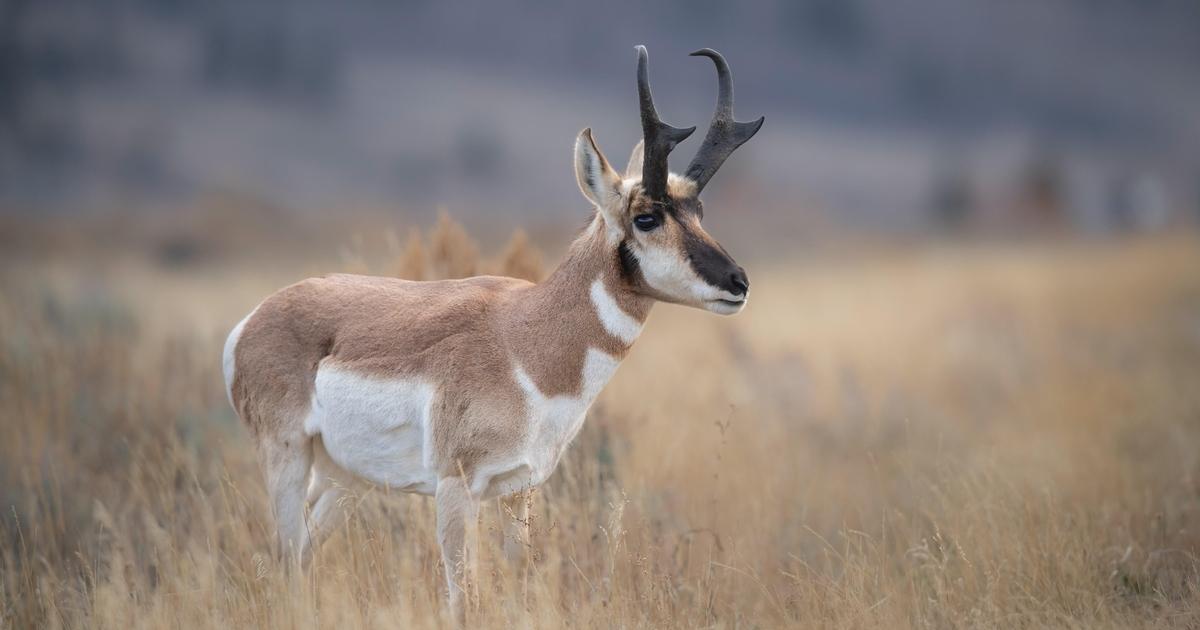
The 640-acre Kelly parcel in Grand Teton National Park is home to elk, mule deer and bison, and is on the famous Path of the Pronghorn. It could go to the highest bidder tomorrow, Dec. 7. Photo courtesy Savannah Rose
by
Savannah Rose
There’s a 640-acre parcel of magnificent, state-owned
public land in Wyoming that’s set for auction tomorrow unless the state
changes its mind.
Simply put, this small inholding, known as the “Kelly parcel,” should
never be privatized—never. It is one of the most awe-inspiring
and important pieces of open space remaining in America. Within Grand Teton National Park, its borders include the National
Elk Refuge and Bridger-Teton National Forest. Its value was appraised in 2022 at $62.4
million. However, the director of the Office of State
Lands and Investment just recommended a starting bid of $80
million.
But its real value isn’t about money: The land is a vital
migration corridor for elk, moose, big horn sheep antelope, pronghorn and mule
deer traveling into and out of the national park. It also hosts
87 other “Species of Greatest Conservation Need.” And the annual, 200-mile-long migration corridor known as the Path of the Pronghorn—from
Grand Teton National Park to the upper Green River Basin—passes right
through the Kelly parcel at the crux of what’s
recognized as the longest mammalian migration in the contiguous
United States.
“National parks are heralded as ‘America’s best idea,’ and auctioning off public land within Grand Teton National Park would stand out as Wyoming’s worst idea. If they go to auction, the state and everyone loses control.”
– Dave Sollitt, executive director, Jackson Hole Conservation Alliance
Wyomingites have been resolute in their opposition to selling the state-owned
parcel. Publicity generated by the Jackson Hole Conservation Alliance
collected more than 2,600 comments from people opposed to an auction, and
hundreds of opponents turned out at each of four public
hearings in November. Many others contacted the state
directly for a total of more than 10,000 people opposed
to a state auction.
Yet this week the Wyoming State Board of Land Commissioners
will decide whether a private owner gets to do whatever they want
with the Kelly parcel once they bid highest at auction—
fence it, subdivide it, certainly road it. With its iconic views of the Tetons and natural beauty that’s
surrounded by public land—plus sporting one of the most coveted
zip codes in the country—the Kelly parcel will most
likely be snatched up at auction by a billionaire with
development and dollar signs in their eyes.
“The people of Wyoming would not want to be part of a legacy
where this land fell into a private developer’s hands and see that
beautiful landscape dotted with a few select starter castles,” said
John Turner, former director of the U.S. Fish and Wildlife
Service, at one of the hearings.
no rush to dispose of the Kelly parcel, no deadline to
cash in before the bank forecloses or a buyer
backs out. But an auction changes everything, in a way that can
never be undone.
That is why Dave Sollitt, executive director of the Jackson Hole
Conservation Alliance is asking the State Board of Land Commissioners to
put a stop to this auction and focus on working with state
legislators to find a way to sell the Kelly parcel to Grand
Teton National Park, where it belongs.
“National parks are heralded as ‘America’s best idea,’ and auctioning off
public land within Grand Teton National Park would stand out as Wyoming’s worst
idea,” Sollitt said. “If they go to auction, the state and everyone
loses control. That’s how auctions work.”
Though money generated from auctioning the Kelly parcel to the highest
bidder would contribute some $4,000 annually to the support of public
schools, the windfall to the state would also come at an
immeasurable cost to wildlife.
There is a better approach. Selling the parcel to the National
Park Service—as Wyoming did with its other three parcels within the park—is
projected to generate up to $120 million over 30 years. NPS tried to buy the Kelly Parcel in 2015,
but the agency lacked enough money to make the deal then
and now.
Establishing ourselves as the first state to auction off public land
within a national park is likely to blight Wyoming’s reputation
beyond recovery. It should be clear: Privatizing an irreplaceable area
within a national park for short-term gain is a foolish and
destructive move.
Savannah Rose is a contributor to Writers on the Range,
an independent nonprofit dedicated to spurring lively conversation about the West.
She lives in Jackson, Wyoming, and is a wildlife
photographer who cares about keeping ecosystems intact. Rose’s piece is
repurposed here as part of a collaboration with Mountain Journal.
_______________________________________________________________________________________________________________________________
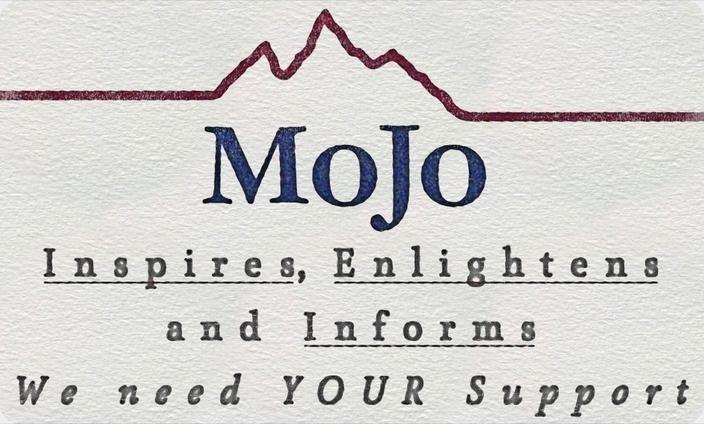
Mountain Journal is the only nonprofit, public-interest journalism organization of its kind dedicated to covering the wildlife and wild lands of Greater Yellowstone. We take pride in our work, yet to keep bold, independent journalism free, we need your support. Please donate here. Thank you.

Wyoming
Colorado State, Wyoming add two games to Border War football series

The Colorado State Rams and Wyoming Cowboys have added two games to their Border War football series, both schools announced Wednesday.
Colorado State is leaving the Mountain West Conference after the 2025 season and will join the Pac-12 Conference beginning in the fall of 2026. As a result, their annual Border War game will have to be played as a non-conference contest.
Back in November, the two schools announced an agreement that included games beginning in 2028 and extending through the 2035 season. Today’s announcement includes the addition of a game on Sept. 5, 2026 at Canvas Stadium in Fort Collins, Colo., and on Sept. 6, 2036 at War Memorial Stadium in Laramie, Wyo.
“Rivalry games are important to us at Colorado State and are a part of what makes College Football so special,” said Colorado State Director of Athletics, John Weber. “Our scheduling goal for our football program is to host seven games every season on campus in Canvas Stadium. Ram Country and Canvas Chaos make a real difference on game day and there is no better place to play than at home on campus in Fort Collins.”
The two schools are scheduled to play this season on Saturday, Oct. 25 in Laramie.
“Having one of the oldest rivalries in the West that features one of the most iconic trophies in college football continue consecutively is outstanding,” added Weber. “The Boot Run with the game ball, the Border Ceremony, and the Bronze Boot Trophy all honor the values and rich ROTC history of both universities and will remain integral to this rivalry for years to come. This game is important to our universities, communities, and fans and I am thrilled that we were able to continue it in 2026.”
Although Colorado State and Wyoming are not scheduled to meet in 2027, there is still the possibility for that contest. When the series was announced last year, both schools stated they were “…working on amendments to schedules for the 2026 and 2027 season for potential additions to the current agreement.”
Colorado State and Wyoming first met on the gridiron in 1899 and have played a total of 116 contests. The Rams currently lead the overall series 60-51-5.
In order to schedule the 2026 game with Colorado State, Wyoming has rescheduled its previously slated home contest against North Texas for Sept. 9, 2034. Colorado State was previously scheduled to play at Indiana on Sept. 5, 2026, but Indiana will now host North Texas on that date instead.
Future Border War Games
Sept. 5, 2026 at CSU
Sept. 23, 2028 at CSU
Sept. 22, 2029 at WYO
Sept. 7, 2030 at CSU
Sept. 20, 2031 at WYO
Sept. 25, 2032 at CSU
Sept. 24, 2033 at WYO
Sept. 23, 2034 at CSU
Sept. 22, 2035 at WYO
Sept. 6, 2036 at WYO
Football Schedules
Future Colorado State Football Schedules
Future Wyoming Football Schedules
Wyoming
Wyoming men's basketball practice is underway in Laramie

Wyoming
Takeaways From Utah’s Gritty Win Over Wyoming

Laramie, WY—Saturday’s 31-6 win at Wyoming highlighted both the flaws Utah must clean up and the strengths it can lean on moving forward.
For one half, Utah looked like a team searching for answers, undone by penalties and missed opportunities. For the other, the Utes looked like the Big 12 contender they aim to be, dominating both sides of the ball and controlling the line of scrimmage.
Utah’s win in Laramie wasn’t always pretty, but it was decisive. After a sloppy, penalty-filled first half, the Utes hit the gas in the second, burying Wyoming with physical defense and a run game that finally found its groove.
Couldn’t have gotten the W without this crowd backing us‼️🫶#GoUtes pic.twitter.com/o4lgR6H9x3
— Utah Football (@Utah_Football) September 14, 2025
Utah’s First Half vs. Second Half
This was a fascinating game that seemed to provide two distinctly different halves of football. However, the only real difference was that Utah simply finished drives better in the second half. Here’s a rundown of how similar the two halves were:
In one half, Utah gained 267 yards, and in the other, they gained 274 yards.
In one half, Utah gained 155 rushing yards, and in the other, 156 rushing yards.
In one half, Utah threw for 112 yards, and in the other, 118 passing yards.
In one half, Utah averaged 6.7 yards per play, and in the other, they averaged 7.1 per play.
In one half, Utah was penalized six times for 63 yards, and in the other, four times for 35.
That’s how similar the two halves of football were from a production standpoint. The issue was the most important stat of any game: points. Utah only finished with 3 first-half points, and in the second half, scored 28.
#GoUtes pic.twitter.com/8nW05pkhDG
— Utah Football (@Utah_Football) September 14, 2025
The first half was sloppy and undisciplined, marred by untimely penalties that stalled drives and left points on the field. In the second half, though penalty issues remained, Utah was determined to convert all scoring opportunities with touchdowns.
The defense was tough throughout most of the game. Wyoming did have a couple of extended drives, but only one ended in points. The secondary looked better, but there are still some things to address.
In general, Utah clearly needs to clean up its play. The penalties simply cannot continue at this same rate. It cost them points in the first half, and against better competition in the future, that will hurt them.
Questions still linger around Utah’s passing game
Through three games, Utah’s passing attack is a mixed bag. Devon Dampier is completing passes at a very high clip, 73% to be exact. However, the yards per attempt still sits right at 7.0 yards, which would be in the bottom half of the country.
The passing game has been a heavy dose of short throws, which has created enough production to preserve Utah’s offensive balance. Until the Utes generate explosive plays downfield, the passing game will remain the biggest question mark heading into Big 12 play.
Still, with emerging weapons like Ryan Davis and Dallen Bentley, there seem to be enough sureties to build with. The passing game is going to have to evolve, and that starts with Beck and Dampier, not the receivers.
.@Utah_Football starting to fire on ALL cylinders 🔥 pic.twitter.com/sd1Bb0Qc4i
— CBS Sports College Football 🏈 (@CBSSportsCFB) September 14, 2025
Dallen Bentley’s emergence
The tight end position has been a hallmark of Utah’s offense in recent years. After the change in coordinator, many believed the tight end spot would fall by the wayside. However, Dallen Bentley had other plans.
Against Wyoming, Bentley hauled in 4-of-7 targets for 46 yards. That included the game-defining 3rd and 21 conversion, where he hauled in a pass down the sideline and trucked a defender to gain the final yard he needed to get the 1st down.
His involvement in the passing game is a promising sign. The 6-foot-5, 259-pounder is now up to 11 receptions for 112 yards and two touchdowns, and seems to be emerging as a go-to target for Dampier.
Whittingham credited Bentley for the work he put in this offseason. Bentley gives Utah a reliable target in critical moments and reinforces the importance of the position at Utah.
Also, tight end Hunter Andrews quietly put together 106 total yards- 44 receiving, 62 rushing, and one touchdown on 11 total touches.
Run game explosiveness
Utah as a whole ran for 311 yards, which included two ball carriers eclipsing the 80-yard threshold, and two others running for at least 60 yards.
Dampier led the team with 86 yards on 13 carries, while Wayshawn Parker got to 80 yards on 10 carries. Hunter Andrews ran for 62 yards on six carries, and NaQuari Rogers totaled 60 yards on 13 carries.
😳 @WayshawnParker GOT UP‼️#GoUtes pic.twitter.com/Sr2g5LhaGr
— Utah Football (@Utah_Football) September 14, 2025
A complement to the offensive line is the lack of negative run plays. Out of 45 total runs, Utah only had four run plays that gained 0 yards, and just two that went for a loss.
This is remarkable run game production and player involvement. Perhaps the biggest positive was the explosiveness Utah displayed in the run game.
Against a competitive, tough, and well-coached defense, the Utes finished with 12 big run plays (gains of at least 10 yards) that generated 193 rushing yards, both being season highs.
Steve Bartle is the Utah insider for KSL Sports. He hosts The Utah Blockcast (SUBSCRIBE) and appears on KSL Sports Zone to break down the Utes. You can follow him on X for the latest Utah updates and game analysis.
Take us with you, wherever you go.
Download the new & improved KSL Sports app from Utah’s sports leader. You can stream live radio, video and stay up to date on all of your favorite teams.
-

 World1 week ago
World1 week agoTrump and Zelenskyy to meet as Poland pressures NATO on no fly zone over Ukraine
-

 Technology1 week ago
Technology1 week agoNew Evite phishing scam uses emotional event invitations to target victims
-

 Health1 week ago
Health1 week agoDiabetes risk quadruples with use of popular natural remedy, study finds
-
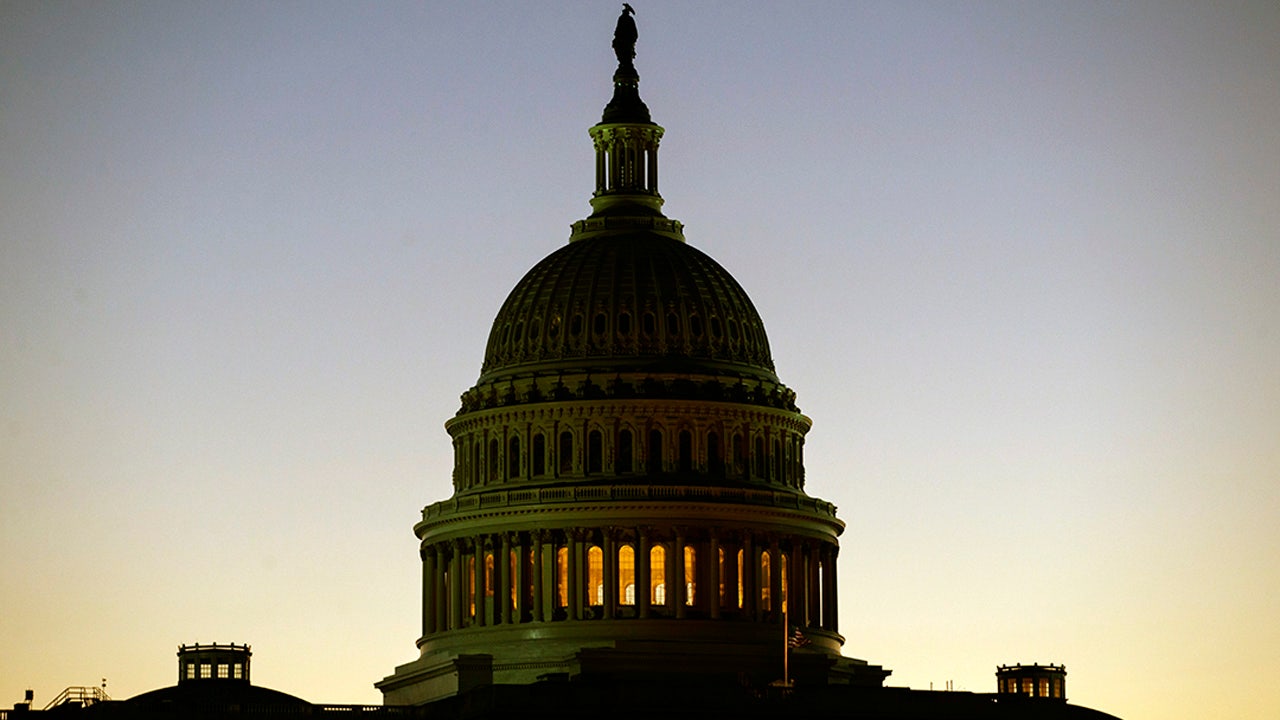
 Politics1 week ago
Politics1 week agoHouse plans Thursday vote on government funding bill to extend spending through November
-

 Business1 week ago
Business1 week agoDisney, Universal and Warner Bros. Discovery sue Chinese AI firm as Hollywood's copyright battles spread
-

 Health1 week ago
Health1 week agoWho Makes Vaccine Policy Decisions in RFK Jr.’s Health Department?
-

 Finance2 days ago
Finance2 days agoReimagining Finance: Derek Kudsee on Coda’s AI-Powered Future
-

 Lifestyle1 week ago
Lifestyle1 week agoBobbi Brown doesn’t listen to men in suits about makeup : Wild Card with Rachel Martin

